A history of work, in objects
Sean Hazell's pop-up museum explores the relationship between work and identity in an age of disruption.
A museum about work might seem like a masochistic diversion for a day off. But strategy consultant Sean Hazell, who has been thinking a lot about other people’s work in his off hours, has assembled an entertaining collection for display in Toronto this weekend.
The former VP of innovation strategy at Idea Couture is interested in how work shapes identity, and the societal impact of digital disruption. The Museum of Contemporary Work, a two-day pop-up exhibit in Toronto’s Liberty Village, is a recent history of labour told through the physical objects we use (or once used) on the job.
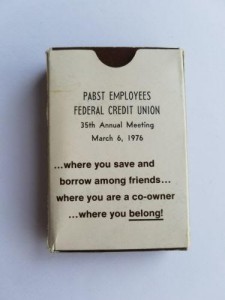 Hazell has tracked down a mix of artifacts, from the poignant to the kitschy, to go along with interviews and accompanying photos (by Mike Palmer of Roaming Focus and Traven Benner).
Hazell has tracked down a mix of artifacts, from the poignant to the kitschy, to go along with interviews and accompanying photos (by Mike Palmer of Roaming Focus and Traven Benner).
He had some help with the project from Great-West Life’s Derek Last, Idea Couture’s Stephanie Wan, Julie Do from the Scotiabank Digital Factory, and Gemic’s Morgan Gerard.
We asked Hazell via email about the exhibit, which runs June 17 (1-7 p.m.) and 18 (12-5 p.m.) at 62 Fraser Ave. (pay what you can).
Where did the idea for the Museum of Contemporary Work come from?
I’ve been interested in work for as long as I can remember. It’s one of the topics where the deeper you go, the more complicated it seems. Kind of like parenting, there are too many experts and opinions and they all contradict each other.
The idea was sparked after reading piece after piece on the effects of digital disruption. I was thinking a lot about the relationship between work and identity – and what we might be losing with dematerialization. Physical artifacts felt like an interesting way to explore the changing landscape and connect a bunch of disparate themes I kept seeing pop up.
How did you go about choosing and finding the items to display?
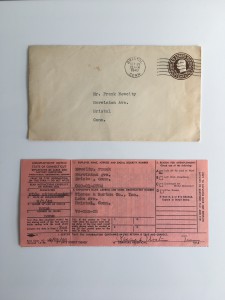 It’s been a very organic approach to sourcing. There are a few ideas I’ve wanted to cover from the start. But the show is self-funded so we’ve had to be opportunistic. Option A has been beg, borrow and steal. EBay has also been a treasure trove for older items. We’ve pulled everything from a 1951 GM Employee Handbook to a set of 1972 Pabst employee poker cards.
It’s been a very organic approach to sourcing. There are a few ideas I’ve wanted to cover from the start. But the show is self-funded so we’ve had to be opportunistic. Option A has been beg, borrow and steal. EBay has also been a treasure trove for older items. We’ve pulled everything from a 1951 GM Employee Handbook to a set of 1972 Pabst employee poker cards.
One fascinating bit for me has been interacting with this cottage industry of eBay sellers and micro retailers. They’re scattered around North America, often in very remote areas, and they’ve got their own brands, business cards and letterhead; their service etiquette is really impressive. The fact that a secondary industry exists where somebody from rural Connecticut is hustling to sell me a 1940 “pink slip” for $1.70 – that’s a signal in its own right.
Why do you find these objects interesting? What do they tell us about work today?
These things might come off as mundane or even junky to some people. But to me they’re all part of a bigger story. As a standalone, a 2.5-inch Steve Jobs figurine is pretty ordinary, if not silly. But if you think about it as a symbol of how we’ve come to glorify entrepreneurship, it takes on new meaning.
As a whole, the items tell the story of how much has changed and how much remains the same. The job market looks hugely different from a few decades ago. But the need for belonging and a sense of purpose hasn’t changed much at all.
We used to make things. Now we offer services. As a strategist, I provide professional services and primarily “make” decks that disappear into digital folders. That can make you question what you’re doing with your days — and if I’m honest is probably a large motivator in me wanting to create this show.

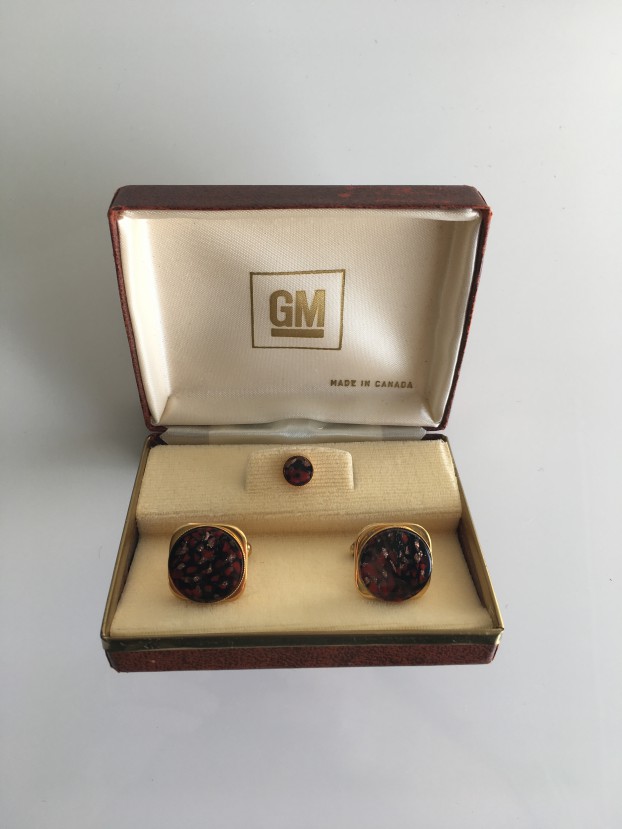

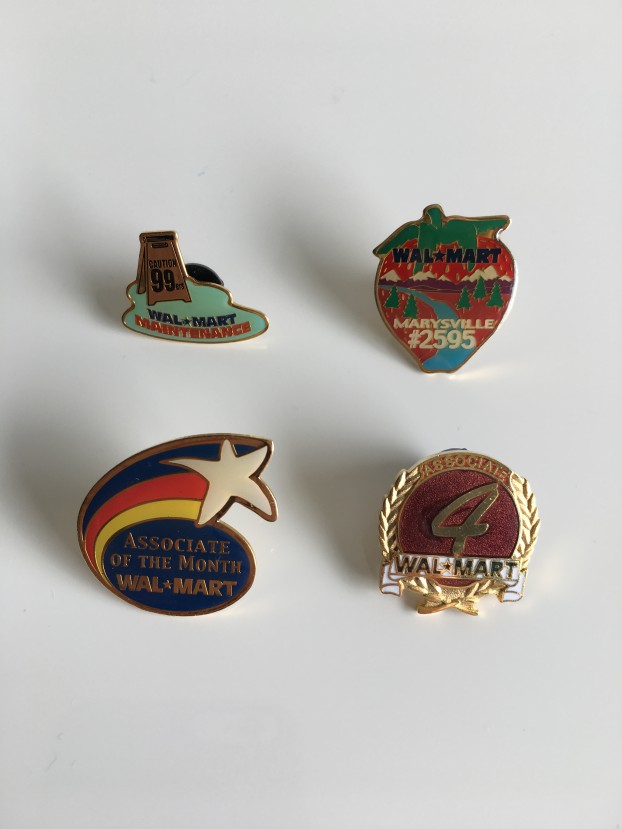


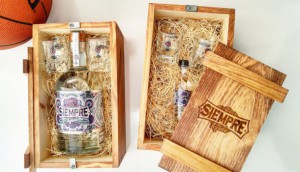

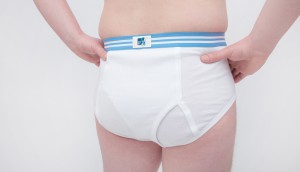

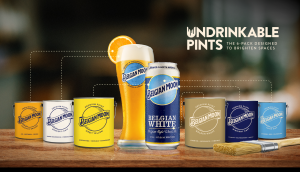









qnae71
fj6hcb
0ewf7x
1an29m
xv1ang
lv99sm
yc07c1
nwq679
t9pln1